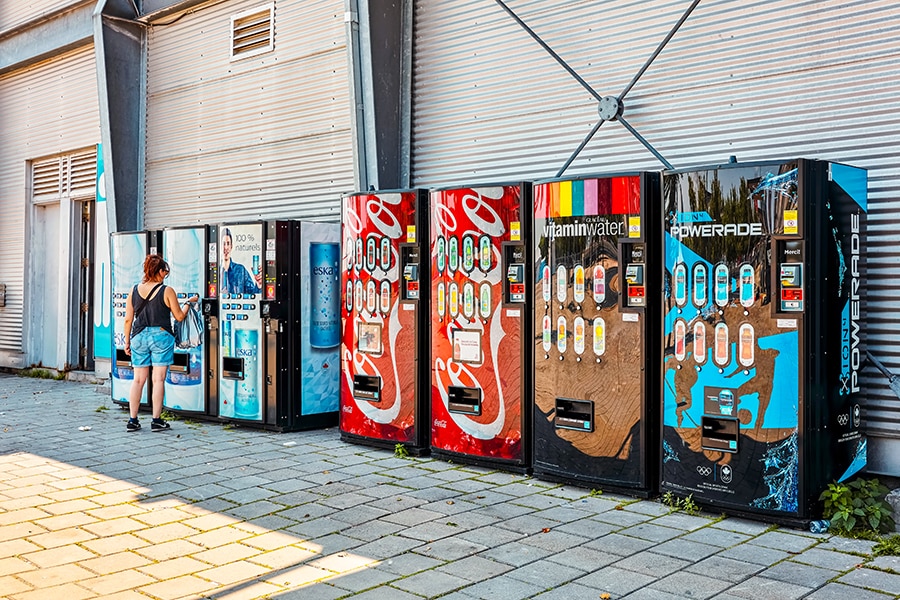
AI powered marketing: A 5-stage path to success
Delivering deeply personalized customer experiences requires a significant shift to AI-powered marketing, says Darden Professor
 Coca-Cola’s investment in a sophisticated sports drink dispenser powered by a digital platform is paying off
Coca-Cola’s investment in a sophisticated sports drink dispenser powered by a digital platform is paying off
Image: Shutterstock
What did Coca-Cola have to do with LSU’s national championship win? Is it possible that what helped the Louisiana State University Tigers beat Clemson’s football team in 2020 was “Tiger Juice” — a sports drink from Coke’s “Powerade Command Center” — personalized to the needs of each athlete? The jury is still out.
What’s undisputed, however, is that Coca-Cola’s investment in a sophisticated sports drink dispenser powered by a digital platform is paying off. “It allows Coke to collect the consumer data required for marketing and to create value through personalization,” says Darden Professor Raj Venkatesan, an expert in customer relationship management, mobile marketing, and marketing metrics and analytics. “It also helps drive innovation and growth.” Venkatesan leads the Digital Marketing Innovation Executive Education program at Darden.
Based on insights from the Powerade Command Center first piloted at LSU, Coca-Cola was able to expand its Powerade product lineup for the first time in over a decade with the launch of Powerade Ultra and Powerade Power Water.
“Coca-Cola didn’t get to the Powerade Command Center overnight,” says Venkatesan. “It was a function of using a methodical road map for including AI in their marketing strategy.”
[This article has been reproduced with permission from University Of Virginia's Darden School Of Business. This piece originally appeared on Darden Ideas to Action.]







